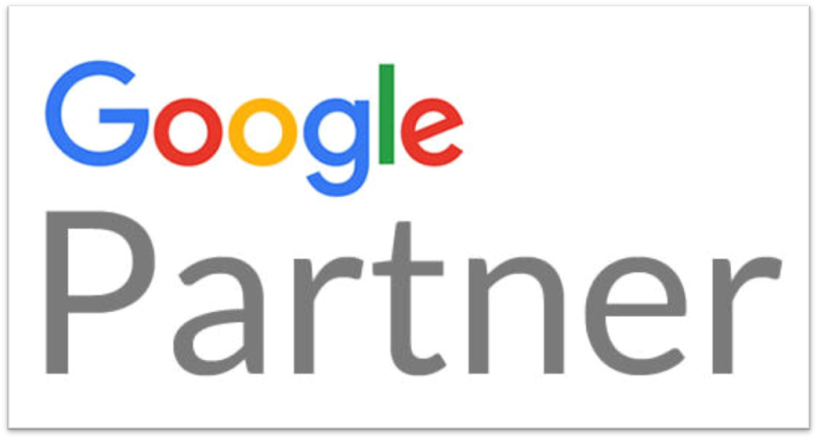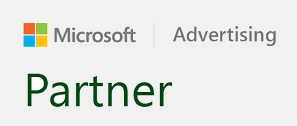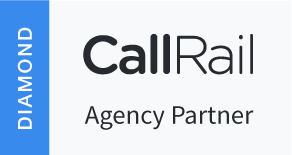Remembering Yahoos Paid Inclusion Program
By: Jonathan Stec
Published: September 7th, 2024
Yahoo! began its Paid Inclusion program in 2004 as a way to generate revenue by allowing businesses to pay for guaranteed inclusion of their web pages in Yahoo!’s search index. Yes, they were offering paid “organic” placement. Of course this made getting the first organic listing much easier than having to grind it out with SEO. This didn’t last too long, only 5 years (well, within the history of the internet, I guess that is a long time).
Here’s a brief history of the program:
1. Launch and Initial Purpose (2004)
- Introduction: Yahoo! introduced its Paid Inclusion program to allow businesses to pay a fee to ensure their web pages were included in Yahoo!’s organic search results. This was part of Yahoo!’s broader strategy to monetize its search engine and offer more targeted search results.
- Purpose: The program was aimed at providing more control over search result placement and increasing visibility for businesses willing to pay for guaranteed inclusion.
2. Integration with Search Marketing (2005-2006)
- Ad Integration: Yahoo! began integrating paid inclusion with its search marketing efforts. This included combining paid inclusion with Yahoo!’s existing search advertising products.
- Search Results: Businesses that participated in the program would see their pages included in Yahoo!’s search index, potentially improving their visibility compared to competitors.
3. Shift to Paid Search Ads (2006-2008)
- Change in Focus: As search advertising, particularly pay-per-click (PPC) advertising, became more popular, Yahoo! shifted its focus from paid inclusion to paid search ads. The introduction of PPC models, such as Yahoo!’s own sponsored search platform, became more central to its revenue strategy.
- Program Phase-Out: Yahoo! began phasing out the paid inclusion program in favor of its more lucrative PPC advertising solutions.
4. Complete Phase-Out (2009)
- End of Program: By 2009, Yahoo! had fully discontinued its paid inclusion program. The decision was driven by the growing dominance of PPC advertising and the need to align with industry standards and user expectations around search results and advertising.
5. Post-Paid Inclusion Era
- Focus on PPC and SEO: After discontinuing paid inclusion, Yahoo! focused on improving its paid search offerings and integrating more sophisticated SEO (search engine optimization) practices.
- Partnerships and Acquisitions: Yahoo! continued to refine its search advertising approach through various partnerships and acquisitions, including its search partnership with Microsoft, which began in 2009 with the launch of the Yahoo! and Microsoft search alliance.
Key Takeaways
- Initial Goals: The paid inclusion program aimed to offer businesses a way to guarantee their inclusion in Yahoo!’s search results, helping to monetize Yahoo!’s search infrastructure.
- Industry Evolution: As search advertising evolved, Yahoo! shifted its focus to more effective and widely adopted PPC advertising models.
- Legacy: While the paid inclusion program was short-lived, it reflected early attempts to blend paid and organic search strategies, influencing later developments in search marketing.
Many big brands utilized Yahoo!’s Paid Inclusion. I was there and still remember what the IOs (Insertion Orders) looked like. I did not like the program but it wasn’t illegal and it was a part of competition; you had to do it or suffer the consequences of not doing it. Unfortunately, when you are working with a monopoly or one of the few in an oligopoly, you have to play by their rules. This still stands true to this day with the biggest search player who owns 95%+ of the search market (I shall name no names :) ).






Leave A Comment
You must be logged in to post a comment.